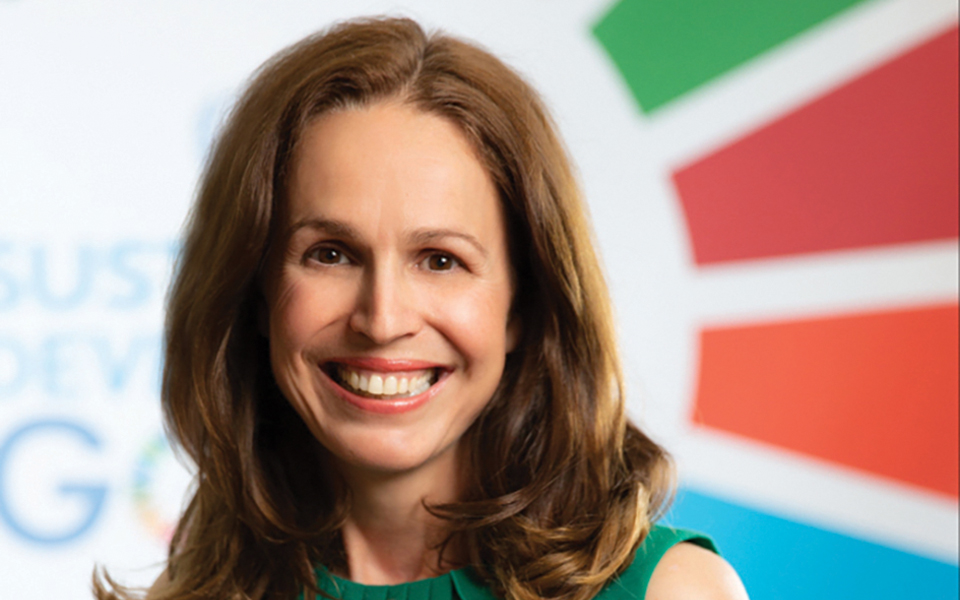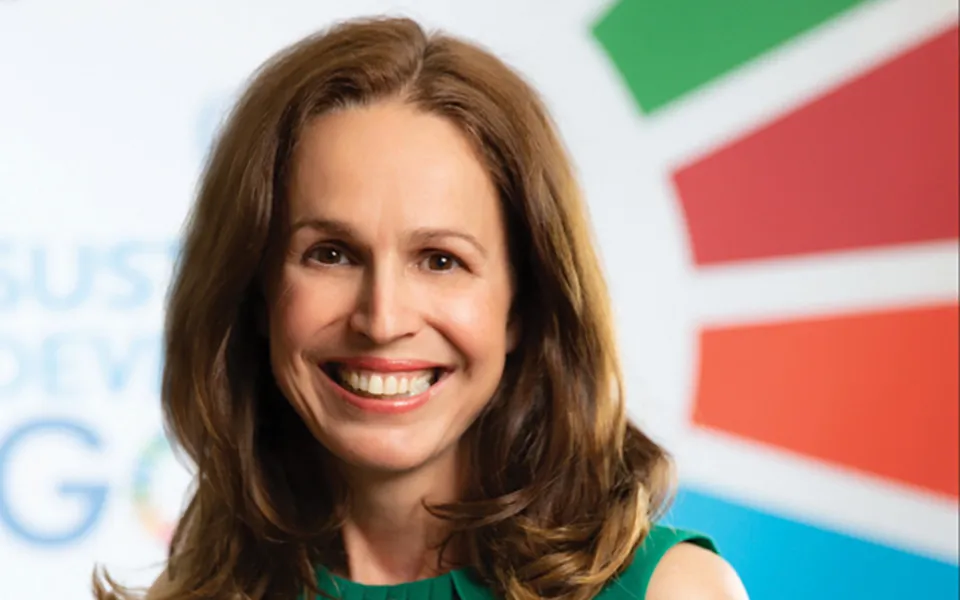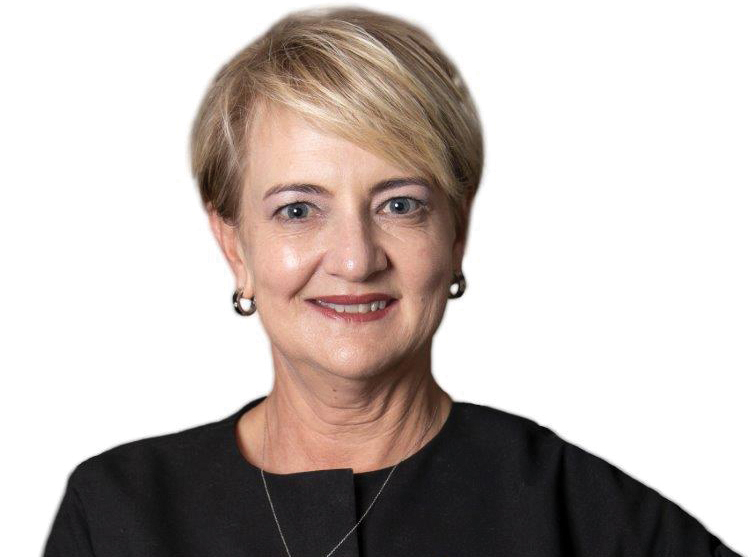The winner of this year’s award for the world’s best bank for sustainable finance is one that has excelled in this space for years, BNP Paribas. And that long experience shows.
“Today, BNP Paribas has two P&Ls: we have the traditional cost and revenue P&L, but now we have an equally important ESG-impact P&L,” explains Constance Chalchat, global head of company engagement and chief sustainability officer for BNPP corporate and institutional banking.
According to Chalchat, what that means is that the bank both incentivizes its clients to be more ambitious in their environmental, social and governance (ESG) goals and at the same time accelerates its own internal sustainability – particularly that related to decarbonization and net-zero targets.
Shortlisted
- Societe Generale
- HSBC
Last year’s widespread global adoption of net zero-related strategies has led to a boom in green debt issuance and BNPP has been on many of the most innovative and landmark deals. The sustainability-linked bond (SLB) for the Republic of Chile was the first from a sovereign issuer, and Anne Van Riel, the bank’s head of sustainable finance capital markets in the Americas, led on this $2 billion deal. The transaction included key performance indicators (KPIs) geared to reducing the country’s carbon emissions and increasing Chile’s use of renewable energy.
“We’ve been working with Chile for a number of years on their green and social bond issuances, and this SLB was the natural next step,” says Van Riel. “It’s a very important transaction for the world. It’s not easy for sovereigns to commit to paying a higher coupon if they fail to meet the targets, but I think Chile made an exemplary commitment to make sure it has all the initiatives it needs to have in place to meet the Paris Agreement.”
Another sovereign first came with the UK’s inaugural £10 billion green bond in September 2021. BNPP was joint bookrunner on the transaction.

BNPP has also been busy bringing key corporates to the sustainability-linked market. It led on Teva’s $5 billion, multi-tranche transaction in November 2021 – the largest-ever corporate SLB. The deal also demonstrates another trend in sustainable finance – the coupling of greenhouse-gas emission KPIs with secondary social targets.
Even when such social KPIs aren’t embedded in transactions at issuance, the French bank has been working with clients to create structural optionality for future deals. This was one of the notable features of its deal for Ford, which issued its $2.5 billion debut green bond – the biggest ever by a US issuer – during the awards period.
“Ford’s framework included social elements to uplift the Detroit area, meaning there is potential to target social impact through a future issuance” says Van Riel.
Meanwhile, there has been a migration of these KPIs into Scope 3 emissions targets, which cover an issuer’s supply chains and the use of products sold. This increases the impact of net zero-related goals for these bonds.
According to Agnes Gourc, head of sustainable capital markets at BNPP, some companies in the consumer goods sector, for example, have been embracing Scope 3 targets to address supply-chain emissions, which are key in reducing overall industry emissions. In March this year, BNPP led a landmark bond for L’Oréal, with a €1.25 billion 4.25-year tranche targeting emissions reductions and sustainable packaging.
The bank has dominated sustainable issuance in its home European market but has also made progress in Asia Pacific, where it was joint lead manager on Wesfarmers’ A$1 billion ($687 million) SLB – the first issued in Australian dollars. It has been named the best bank for sustainability in Latin America in these awards and has also won important mandates in the US.
BNPP’s global reach was also in evidence in Africa, although in a different capacity. The French bank stresses that its work in this region isn’t simply about substituting traditional sovereign and corporate financing with green replacements.
Today BNP Paribas has two P&Ls: we have the traditional cost and revenue P&L, but now we have an equally important ESG-impact P&L
Constance Chalchat
“We have a specialized team dedicated to act on complementary transactions – areas where traditional commercial banks don’t even go – so we’ve been working with governments or development agencies to structure some social, environmental or development impact bonds,” says Chalchat.
One example is its development impact bond financing a project to empower women by fighting ‘menstrual precariousness’ in Ethiopia, an important issue that creates absenteeism at work and school dropout and thereby exacerbates gender inequality.
Gourc anticipates that upcoming European regulations, such as the EU’s sustainable finance taxonomy, by providing clarity in definitions, will further support the growth of sustainable finance.
While the sector has already enjoyed strong growth in recent years, this needs to accelerate if the level of private capital required to fund the decarbonization called for in the Paris Agreement is to be deployed. BNPP estimates this to be around €5 trillion a year until 2030.
“We’re telling our clients that there is a big shift happening in the European regulatory landscape,” says Gourc. “And that will have an impact on overall sustainable financing. This is going to be a big piece of the jigsaw.”







